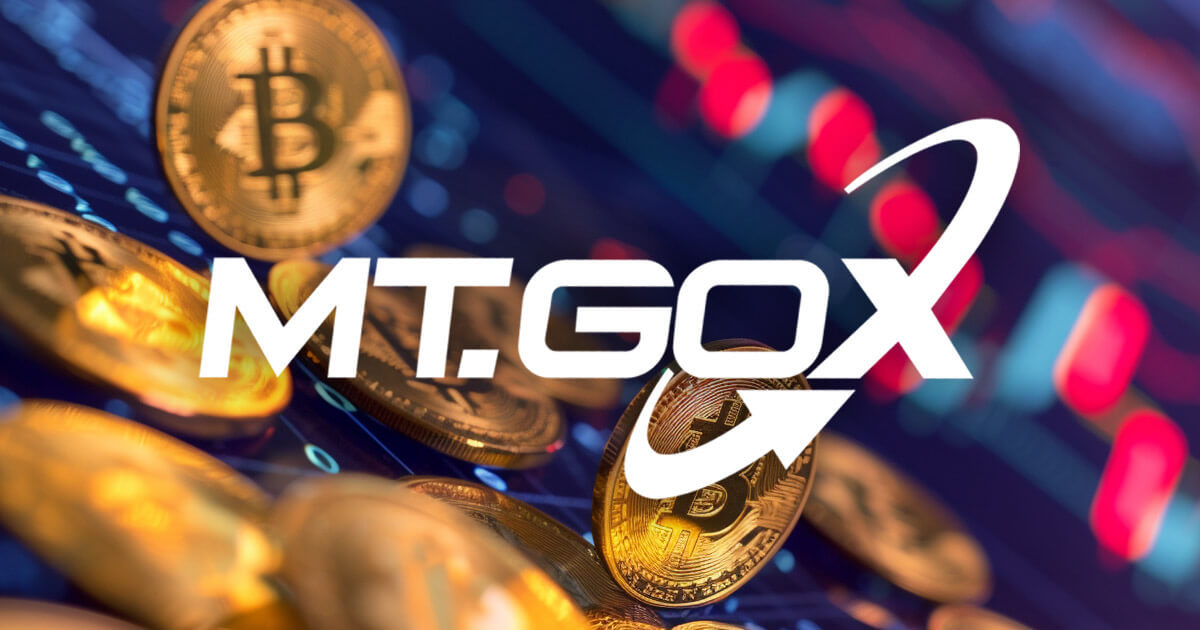The Mt.Gox exchange emptied four of its known wallets, after receiving $370K in BTC deposits from Kraken. The exchange may be preparing for another wave of deposits.
Mt. Gox funds are on the move, potentially leading to more payouts. The known wallets of Mt. Gox received $370K in new BTC inflows from the Kraken spot exchange. Later, four wallets were swept into a new cold wallet.
The Mt. Gox coins are identified as one of the big potential overhangs for BTC, although it is still uncertain if the recipients would sell to realize profits. The Mt. Gox conservation still holds 44,905 BTC, to be distributed to creditors toward the end of the year. The coins, held since 2013, were seen as a threat to the BTC market.
This summer, however, the markets proved they could absorb 50K new coins from the wallets of the German government, still retaining levels close to $50,000. Speculations on Mt. Gox range from the potential for each recipient to sell on the open market, or to achieve some form of OTC deal.
Holders and general BTC traders see the moves as the usual behavior of the Mt. Gox creditor. The relatively small transaction from Kraken may be a technicality, or a test transaction. In the past, wallet movements have preceded payouts, with expectations of new moves into creditor accounts ahead of the weekend. One of the possibilities is that some of the Mt. Gox coins were placed on the OTC market through Kraken, while the remainder was returned.
The Mt. Gox funds were consolidated at the end of May 2024. So far, an estimated 96781.96 BTC were removed from the wallets, presumably sent out to creditors. The recent minor inflows from Kraken added a bit more than 5 BTC to the balance, still awaiting further developments.
Mt. Gox repayments absorbed by the market
So far, Mt. Gox has repaid around $3B in BTC by going through Kraken. Up to $5.3B may remain to distribute. Based on headcount, around 65% of creditors have received their funds, but old whales may emerge from the redistribution.
The most recent coin movement happens at a time of decisive price action for BTC, with another potential attempt to reclaim the $70,000 level. At this point, the coin movements can be interpreted both as bullish and as creating short-term price pressures.
The Mt. Gox overhang is also smaller and may have created a new wave of holders. In comparison, the US Government BTC overhang is estimated at 203,222 BTC. So far, the coins are unmoved, but selling may begin without a warning.
Old coins are on the move
In the past week, multiple wallets older than a decade reawakened. Some of the addresses belonged to miners from the first 3,000 BTC blocks, though not to Satosi Nakamoto.
In the past two days, two more old wallets reawakened, along with a general trend of moving older coins. One address from 2014 swept the coins and put them into a fresh wallet. Some of the old wallets are also considered insecure, or prone to accidental hacks or discoveries.
For some of the earlier wallets, the coins were also mixed and sent to new wallets, to decrease traceability.
Despite everything, old-time BTC moves are a rarity and a notable event that raises more questions than it answers. The recent market shift also shows some of the six-month wallets are still holding. The HODL waves show almost all cohorts increased their BTC reserves in preparation for a bigger rally.
Miners are also not releasing their coins, instead boosting the reserves to 2.06M BTC. Miners are some of the most dedicated holders, creating significant scarcity despite expenses to mine new coins. The miner reserves can be the biggest selling pressure factor, far surpassing even the US Government and Mt. Gox.
Black Rock continues to seek BTC for its IBIT ETF, creating new demand. The Bitcoin ETF have fared better compared to Ethereum’s products. BTC is still in an accumulation and consolidation stage, with significant stablecoin reserves waiting on the sidelines. The current price action is seen as the period preceding a bigger breakout.
Cryptopolitan reporting by Hristina Vasileva.





